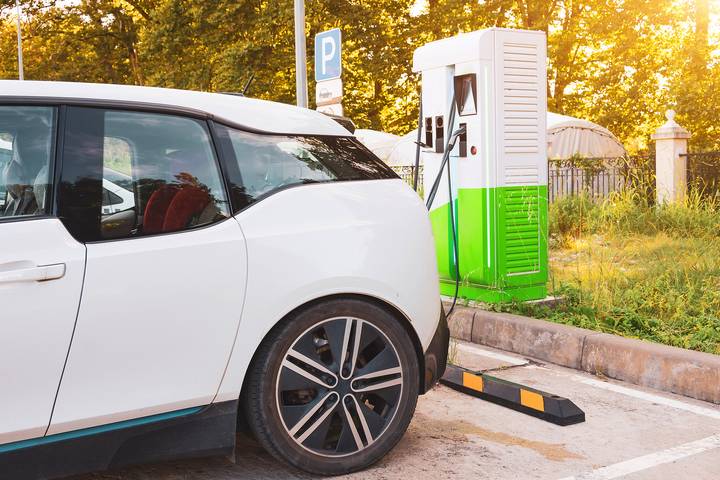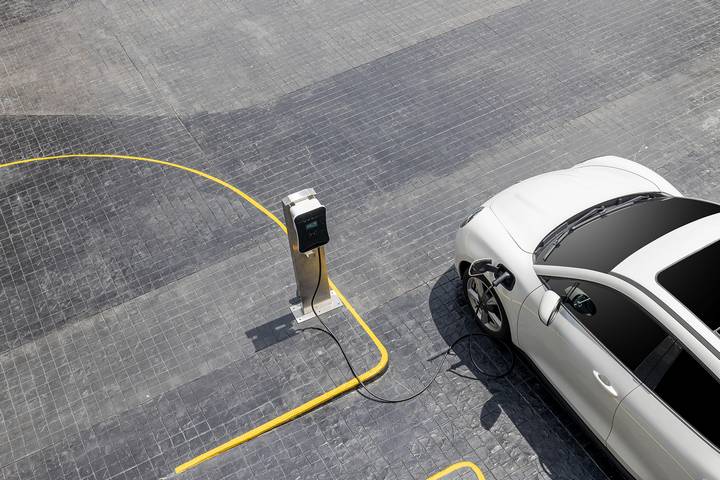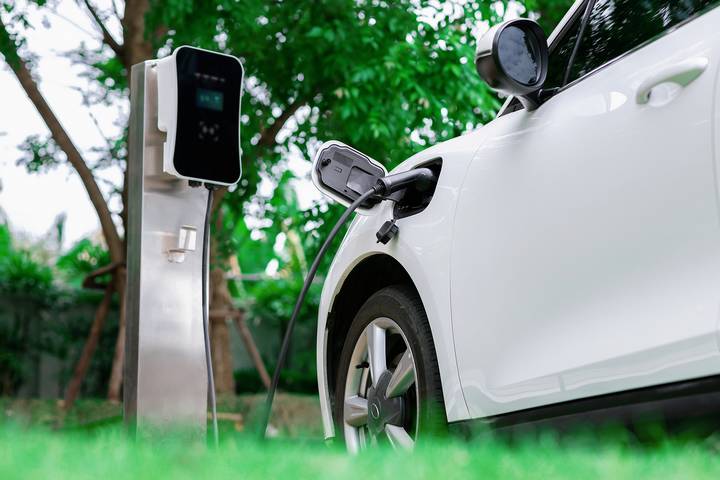Car dealers and buyers now have a range of vehicles to choose from depending on various power sources. While diesel and petrol have been the primary fuel sources for many years, introducing electric cars has significantly changed the industry.
Those fancy and elegant electric vehicles you see today started long in the 1800s, as little as just a battery or locomotive. Learning the history of electric cars enables you to acknowledge today’s technological advancements. The electric vehicle industry is booming and expanding worldwide. Nowadays, there has been a steady increase of electric car production and commercial charging station operations.
This blog will discuss the history of electric vehicles from their birth until today.
Early History of Electric Vehicles (1800s-1900s)

As the term suggests, electric vehicles use electricity as their primary fuel source. The design of these vehicles can be traced back to the 1820s when Benjamin Franklin brought the idea. The first model was developed by various experts following Franklin’s discovery. In 1828, Ányos Jedlik, a Hungarian priest and physicist, invented the earliest popular type of EV, accompanied by a small model car.
As years progressed, Robert Anderson, a Scottish inventor, designed the crude electric carriage, followed by Christopher Becker and Prof. Sibrandus Stratingh’s invention of a small EV whose batteries were non-rechargeable. Another popular EV was made in 1837 by Robert Davidson, who later designed a greater one in 1841.
Early use of EV
While many of the earliest electric locomotives used non-rechargeable primary cells, the limited power of the batteries restricted their general applicability. Furthermore, these inventions faced significant threats from railway workers and other inventors who saw them as competition.
For example, Davidson’s 1841 galvanic cell vehicle was destroyed by railway workers as they believed it threatened their employment. Since then, inventors shifted their attention to electric rail locomotives, resulting in the first battery rail car in 1887.
Electric Vehicles of the 1900s (1900s to 1990s)

After enjoying years of popularity in the 1800s, electric vehicles experienced a sudden and significant decline in the 1900s. The number of inventions was profoundly low while petrol or diesel-fueled vehicles took the lead.
During this time, many countries also saw massive disclosures of petroleum reserves, making petrol widely available as a vehicle fuel source. Petrol-fueled cars became quite affordable and reliable as the energy was readily available and the vehicles could withstand longer distances.
Rise of EV
On the other side, the few electric cars available were limited to be used in urban areas, still in low numbers. This was mainly because of the high competition paused by their petrol-fueled counterparts and slow speed. Henry Ford’s mass production of gasoline cars continued to undermine the use of electric ones, increasing their price.
By 1915, there was nearly no further production of electric vehicles, while those already existing were barely used. 1923 saw the introduction of electric forklift trucks, followed by milk floats some years later when the electric vehicles industry was nearly dying. No major inventions were seen in almost a decade or two after the milk flows until the late 1950s when Henney Coachworks designed a new electric car.
Coachworks’ invention was followed by several others, including the Scottish Aviation Scamp (1965), Electrovair (1966), a lithium-based battery by Gulton Industries and AMC (1967), and the Electron, an EV (1977). The late 1900s marked the gradual re-rise of electric vehicles after years of silence in the industry.
Electric Vehicles of the 2000s (2000 till today)

The development of electric vehicles has been relatively smooth in the 21st century, with significant changes and improvements. One of the popular developments is the Tesla Roadster from Tesla Motors in 2004. This model used lithium-ion batteries, which could travel approximately 200 miles per charge. By December 2021, Tesla Motors had sold roughly 2500 Roadster cars to nearly 32 countries across the globe.
Tesla Roadsters were followed by the invention of the Mitsubishi i-MiEV in 2009, which reported approximately 27,000 unit sales by December 2012. Japan also introduced the Nissan Leaf in 2010, an all-electric vehicle available in 17 European countries, Canada, and Australia. The Better Place network, an international electric car company, was associated with high production of electric cars and batteries until 2013, when it filed for bankruptcy in Israel.
Popularity of EV
However, that didn’t stop the mass production of EVs since other mightier companies rose. 2013 to 2019 experienced massive sales of electric cars and batteries whose price was quite affordable due to high competition.
The Nissan Leaf, the highest-sold EV model, was surpassed by the Tesla Model 3 with more than 500,000 units by 2020. The Tesla Model Y, however, remains the bestselling EV relating to annual units. The combined sales of the Nissan Leaf, Tesla Model 3, and Tesla Model Y electric vehicles led to a surprising number by 2022, marking a high development in the industry.
The Development of Electric Bicycles

It would be absurd to discuss electric vehicles without touching on the electric bicycle, the latest and rapidly growing invention. Their history follows nearly the same pattern as electric cars but with different inventors and timelines.
The significant developments of e-bikes were seen in the 2000s when they became a popular mode of transport across major cities. E-bikes have also been a recreation, yielding high profits to dealers in the 21st century.




